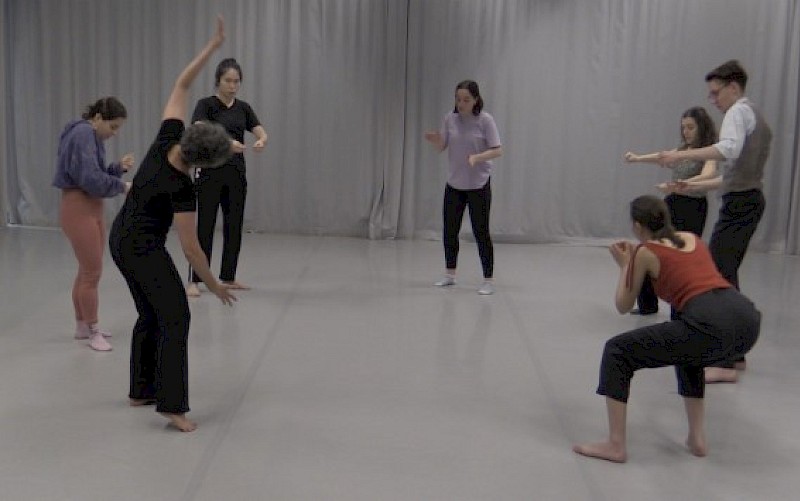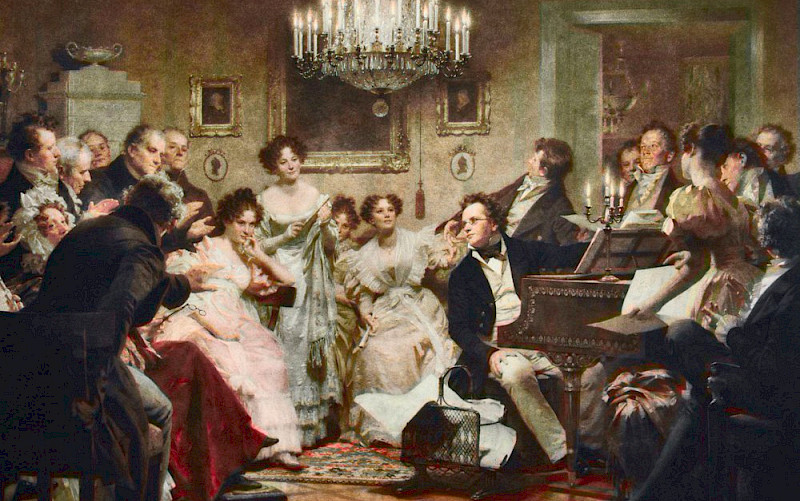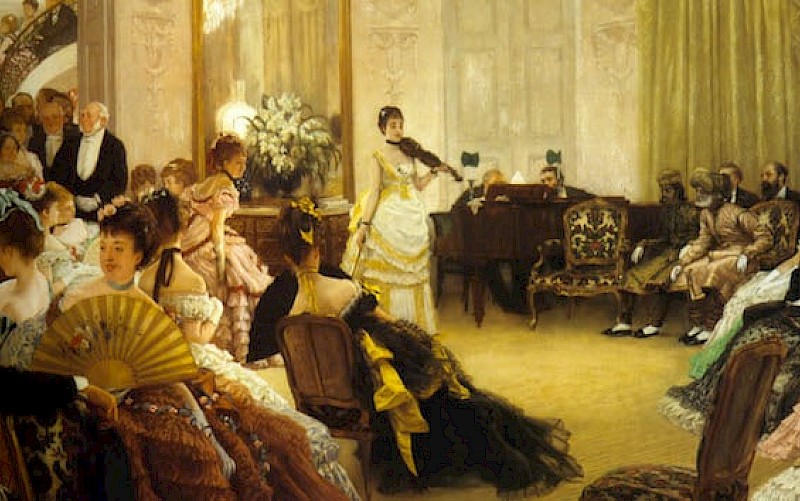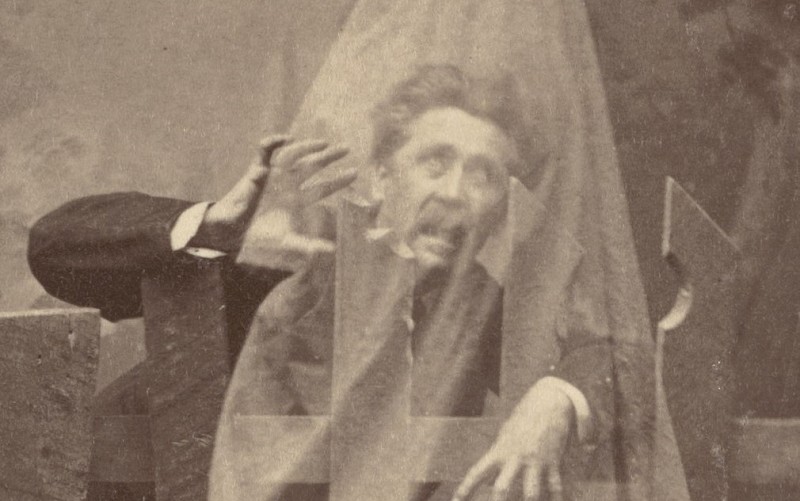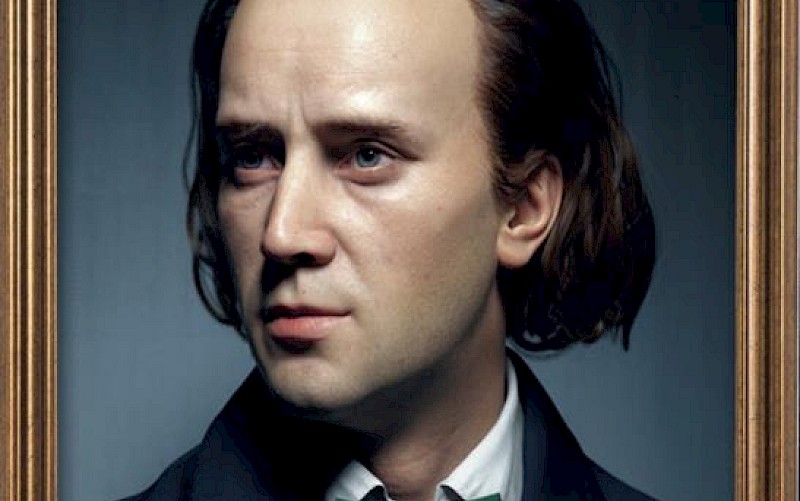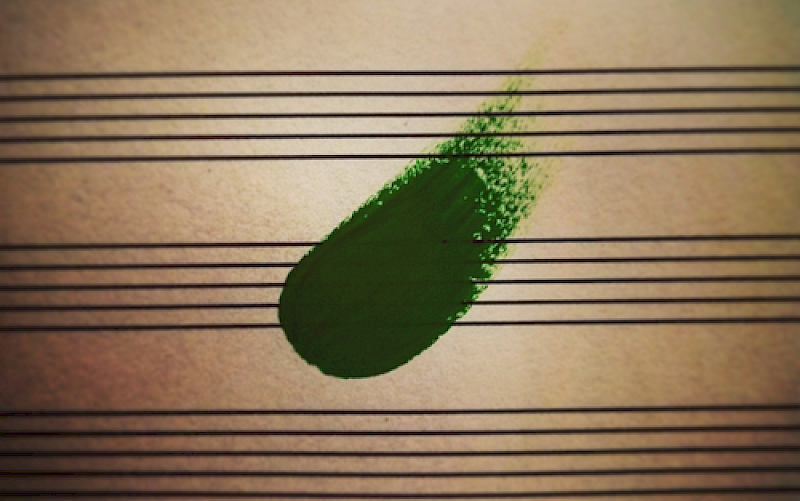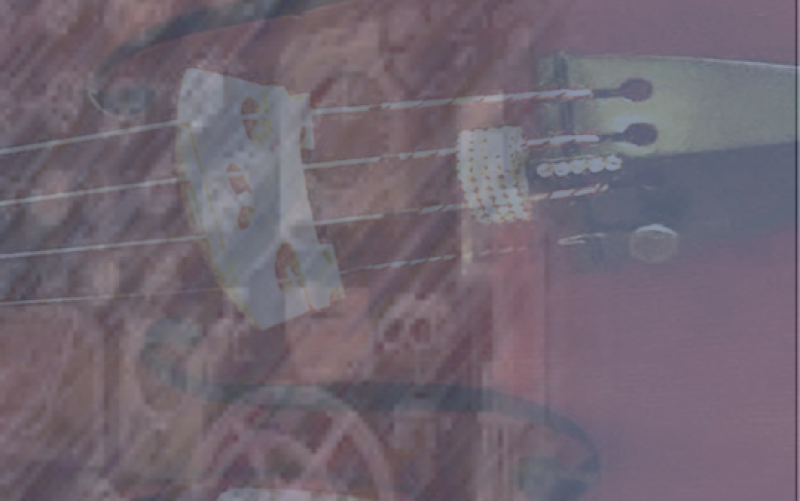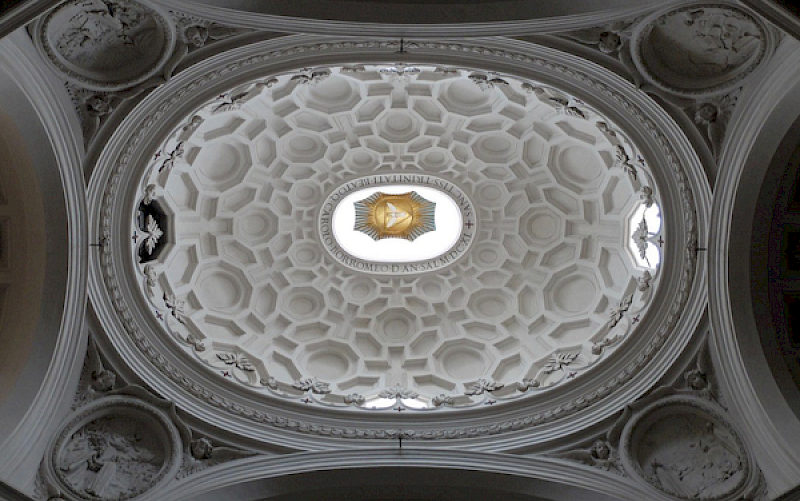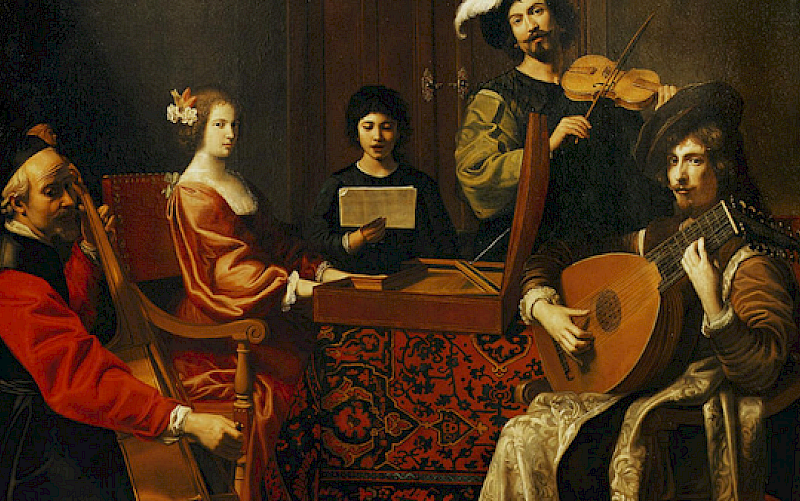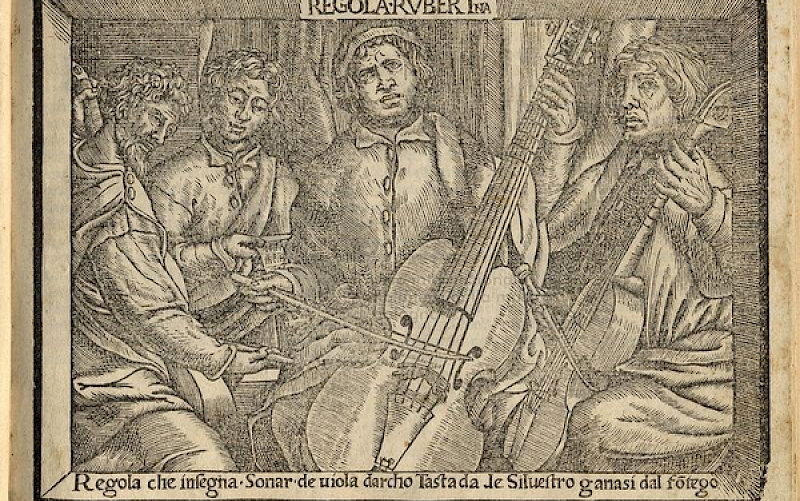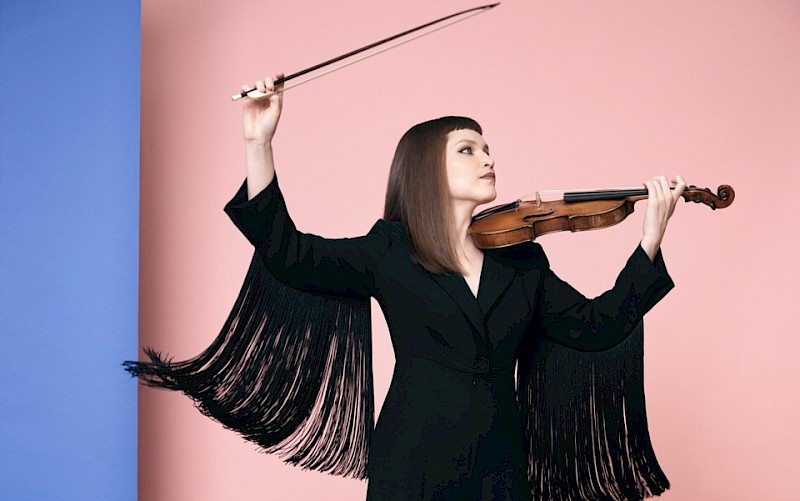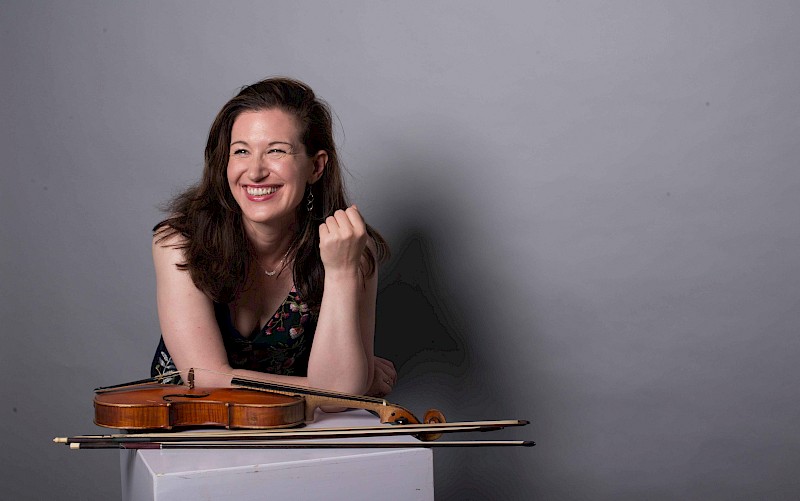
The use of Bel Canto singing in the Italian opera of the XVIII century
Name: Mariana Andrade Pimenta Main Subject: Early Music Singing Research Coach: Inês de Avena Braga Title of Research: The technical principles of Bel Canto in the 18th and 19th centuries: an experimental case study on dynamic range Research Question: How did the vocal exercises from Bel Canto singing influence my singing technique, especially in the dynamic range associated with pitch? Summary of Results: The format chosen by the author for this investigation was the Research Paper, as this study required an investment on knowledge about Bel Canto singing technique and the application of the latest into her singing practice, which resulted into a deep reflection and reached new conclusions. The focus of the practical sessions of the author was on her dynamic range. The purpose was to increase flexibility in her dynamic range in the different registers of the voice. The research went through the following process: (1) an audio recording of G. F. Händel aria: “Se Pietà di me non senti”, from the opera Giulio Cesare; (2) in this same phase of the research, she used the software Voice Profiler 5.1 to record her Voice Range Profile (VRP), the same piece and the vowel /a/, throughout the vocal registers, exploring the complete dynamic range of her voice; (3) after three months of practicing specific exercises designed to train the dynamic range, the same recordings were made and also a comparison with the first ones. The results indicated that the training had an impact: An increase of flexibility in realizing Messa di Voce was verified in the author’s middle vocal register. This impact did not happen in the highest vocal register, where technical differences were not detected by the VRP recording. The latest result is also applicable in the Händel aria. This method has proved to be beneficial in the middle section of the author’s vocal range. The appliance of this method is a work in process, which the author believes that it should bring more beneficial results; it offered the author a much bigger awareness of the breathing system, which resulted in a better quality Messa di Voce. The knowledge gained from the sources from the 18th and 19th centuries, guided the practical study in this investigation. In future studies, the author wishes to further research Italian vocal technique and use this important knowledge of historical information by transferring it to her singing practice. The outcome of the present study is an interesting interdisciplinary fusion between Old Italian vocal pedagogy of Bel canto singing and advanced vocal technology. Biography: Mariana Pimenta is a soprano born in Madeira Island, Portugal. She graduated in Classical singing in Aveiro, Portugal in 2011 and started her specialization in Early Music Singing at the Royal Conservatoire of The Hague in 2012. As a performer Mariana has been performing as a soloist and in ensemble singing, in some countries, as The Netherlands, Portugal, Italy and Ecuador.

